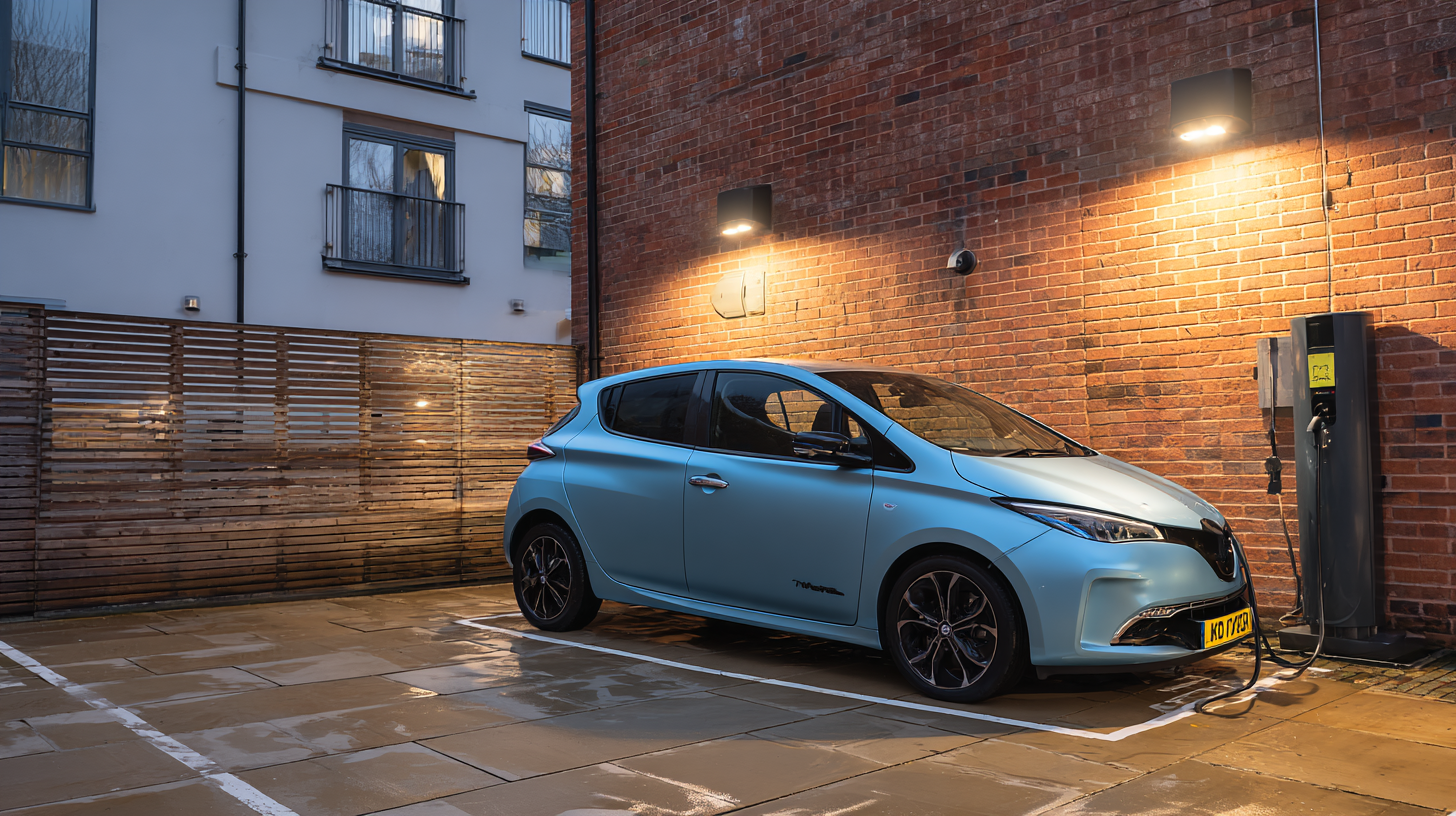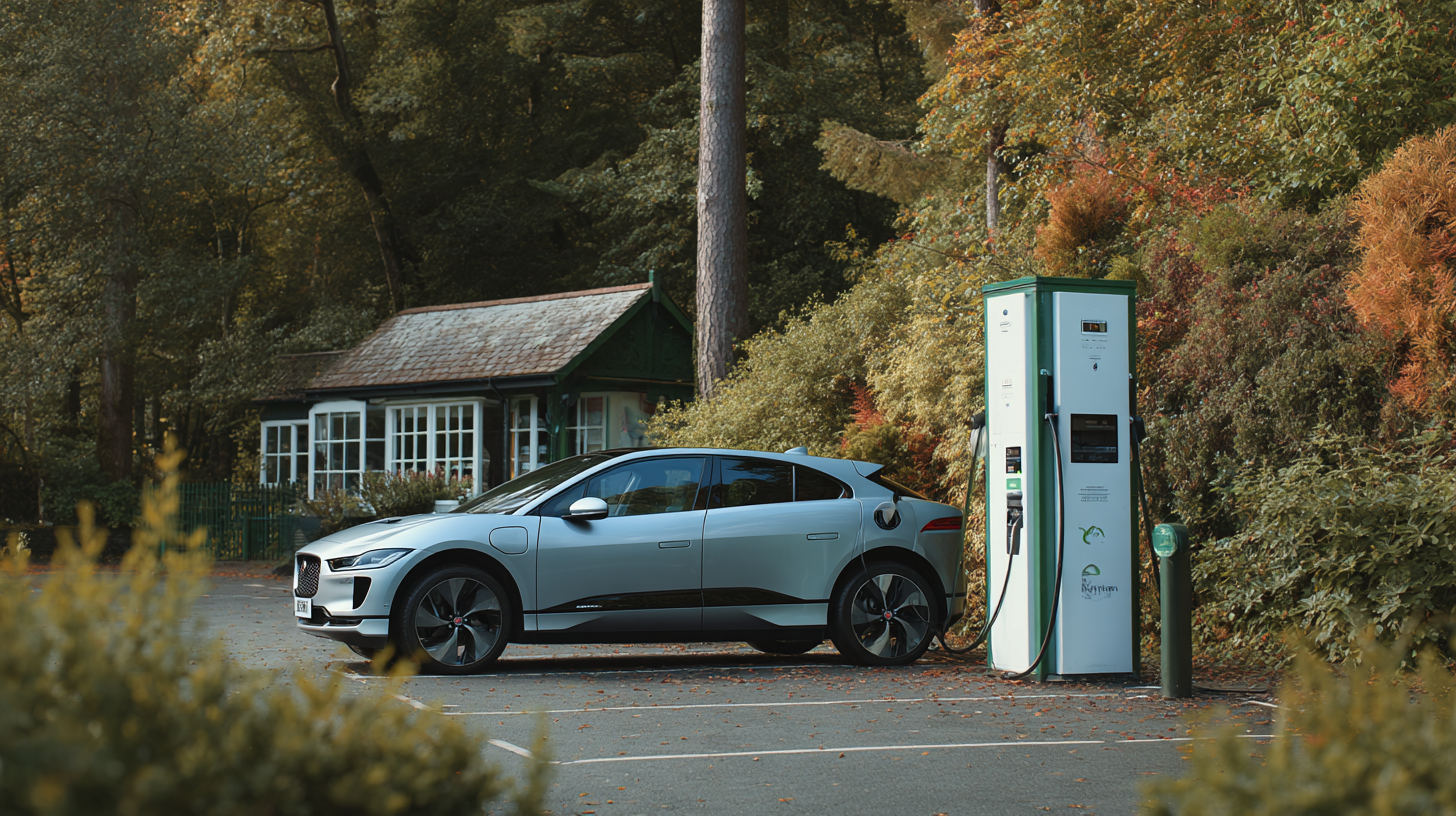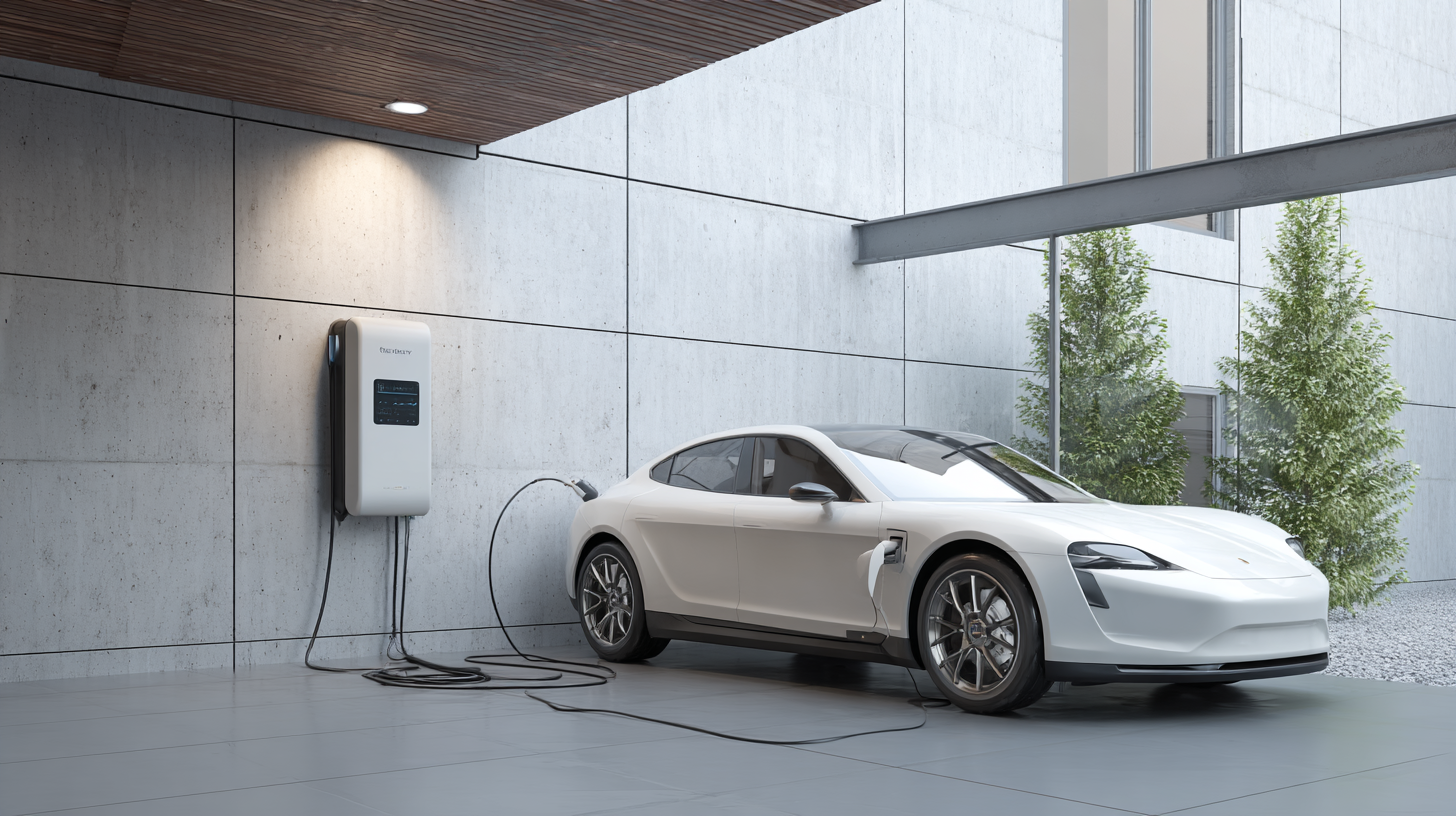Exploring Alternative Solutions to Best Home Charging Points for Electric Vehicle Owners
As the electric vehicle (EV) market continues to grow, driven by increasing environmental awareness and advancements in technology, the demand for efficient home charging points has never been more significant. According to a report by the International Energy Agency, the number of electric vehicles on the road is projected to reach 230 million by 2030, resulting in a corresponding surge in the need for reliable charging infrastructure. In fact, it is estimated that over 80% of EV charging occurs at home, which underscores the importance of selecting optimal home charging points for homeowners. As we approach 2025, various innovative solutions are emerging to meet the diverse needs of EV owners, offering not just convenience but also cost-efficiency and sustainability. This blog will delve into the best home charging point alternatives currently on the market and analyze their features, benefits, and how they align with the anticipated demand for electric mobility solutions.

Emerging Technologies in Home EV Charging Solutions for 2025
As we look towards 2025, the evolution of home EV charging solutions is set to be transformative, characterized by emerging technologies that could redefine the landscape for electric vehicle owners. With the rapid expansion of the electric vehicle market, the demand for innovative charging infrastructure is increasing significantly. Research indicates that by 2035, the global EV charging market will require robust networks and technologies to support a projected 200 million EVs on the road. This creates an urgent need for efficient solutions that not only facilitate everyday charging but also enhance the overall user experience.
One promising avenue is the development of bidirectional charging technologies, allowing electric vehicles to synergize with home energy systems. This innovation enables energy to flow both ways, offering the possibility for vehicles to supply power back to the home or even the grid, thus maximizing energy efficiency. By incorporating smart power distribution systems and vehicle-to-home capabilities, homeowners can optimize their energy use while contributing to grid stability in peak times. Furthermore, advancements such as ultra-fast charging options, exemplified by recent breakthroughs in charging speed methodologies, are also on the horizon, potentially revolutionizing how we think about home EV charging in the coming years.
Key Features to Look for in Efficient Home Charging Points
When exploring home charging points for electric vehicles (EVs), there are several key features that should not be overlooked. A recent industry report indicates that around 70% of EV owners prefer home charging solutions due to the convenience and cost-effectiveness they offer. One of the most critical factors is charging speed; Level 2 chargers can deliver up to 25 miles of range per hour, significantly reducing downtime compared to standard home outlets. Additionally, compatibility with various EV models ensures that your investment remains relevant as technology evolves.
Another important element to consider is the connectivity options. Many modern charging points come equipped with smart features allowing homeowners to monitor energy consumption and schedule charging times via mobile apps. This capability can lead to significant cost savings by utilizing off-peak electricity rates, as highlighted by recent energy consumption analyses.
**Tips:** When selecting a charging point, look for one with built-in safety features like overcurrent protection and weatherproof enclosures. Additionally, consider the installation flexibility—ensure that your chosen model can seamlessly integrate into your existing home infrastructure. With the right charging solution, you can enhance your EV ownership experience while driving towards a more sustainable future.

Comparative Analysis of Low-Cost vs. Premium Home EV Chargers
When it comes to home charging points for electric vehicles (EVs), the choice between low-cost and premium chargers can significantly impact both convenience and performance.
 Low-cost home EV chargers often attract attention for their affordability. These chargers typically offer basic functionalities, making them suitable for casual EV users who may not drive long distances regularly. However, while they may save money upfront, their slower charging speeds and limited features can lead to inconvenience for those needing to recharge quickly or charge multiple vehicles.
Low-cost home EV chargers often attract attention for their affordability. These chargers typically offer basic functionalities, making them suitable for casual EV users who may not drive long distances regularly. However, while they may save money upfront, their slower charging speeds and limited features can lead to inconvenience for those needing to recharge quickly or charge multiple vehicles.
On the other hand, premium home EV chargers come with advanced features, such as faster charging capabilities, smart connectivity options, and enhanced safety measures. These chargers are designed for frequent users who require an efficient and reliable charging solution. For instance, many premium chargers can be managed through mobile apps, allowing users to monitor their energy consumption and schedule charging sessions during off-peak hours to reduce electricity costs. Although the higher initial investment may deter some buyers, the long-term benefits and durability of premium chargers often justify their cost for dedicated EV owners, providing them with a seamless charging experience.
Checklist for Selecting the Best Home Charging Point for Your EV
When selecting the best home charging point for your electric vehicle (EV), there are several essential factors to consider that will ensure efficiency, safety, and convenience. One of the primary considerations is the charging speed; Level 2 chargers typically offer faster charging times compared to standard household outlets. According to recent surveys, 80% of EV owners prefer Level 2 chargers at home, as they can fully recharge their vehicles overnight, making it an effective solution for daily commuting needs.
Another critical aspect is compatibility with your EV model, as not all chargers work with every vehicle. It is essential to verify the compatibility of the charging station with your specific EV model to avoid inconvenience. Industry research highlights that approximately 70% of consumers do not consider compatibility when purchasing, potentially leading to additional costs and delays. Additionally, the installation location should be assessed; chargers should ideally be located in a dry, accessible area, preferably near the parking space, to facilitate smooth charging.
Moreover, safety features should not be overlooked. Look for chargers that offer automatic shutoff and protection against power surges. Studies indicate that EV charging incidents are minimal; however, having advanced safety mechanisms can further prevent issues. With the rise of electric vehicle adoption, making informed choices not only enhances the charging experience but also contributes to the overall sustainability efforts linked to EV usage.
Future Trends: Smart Charging and Renewable Energy Integration at Home
As electric vehicle (EV) adoption continues to rise, the integration of smart charging solutions and renewable energy sources at home becomes increasingly vital. According to a report by the International Energy Agency (IEA), the number of EVs on the road is expected to reach 145 million globally by 2030, driving the demand for efficient home charging systems. Smart charging allows EV owners to optimize energy use, charge during off-peak hours, and significantly reduce electricity costs. Features such as real-time monitoring and automation contribute to the effectiveness of these systems, enhancing overall energy management at home.
Moreover, the incorporation of renewable energy sources, such as solar panels, can dramatically boost sustainability for EV owners. A study by the U.S. Department of Energy highlights that homeowners who install solar panels could save up to $1,500 annually on energy costs. By pairing solar energy with EV charging, owners not only benefit from substantial savings but also contribute to a cleaner environment. As technology advances, we can expect the proliferation of home energy management systems that will further streamline the integration of smart charging solutions and renewable energy, paving the way for a more sustainable future in transportation.
